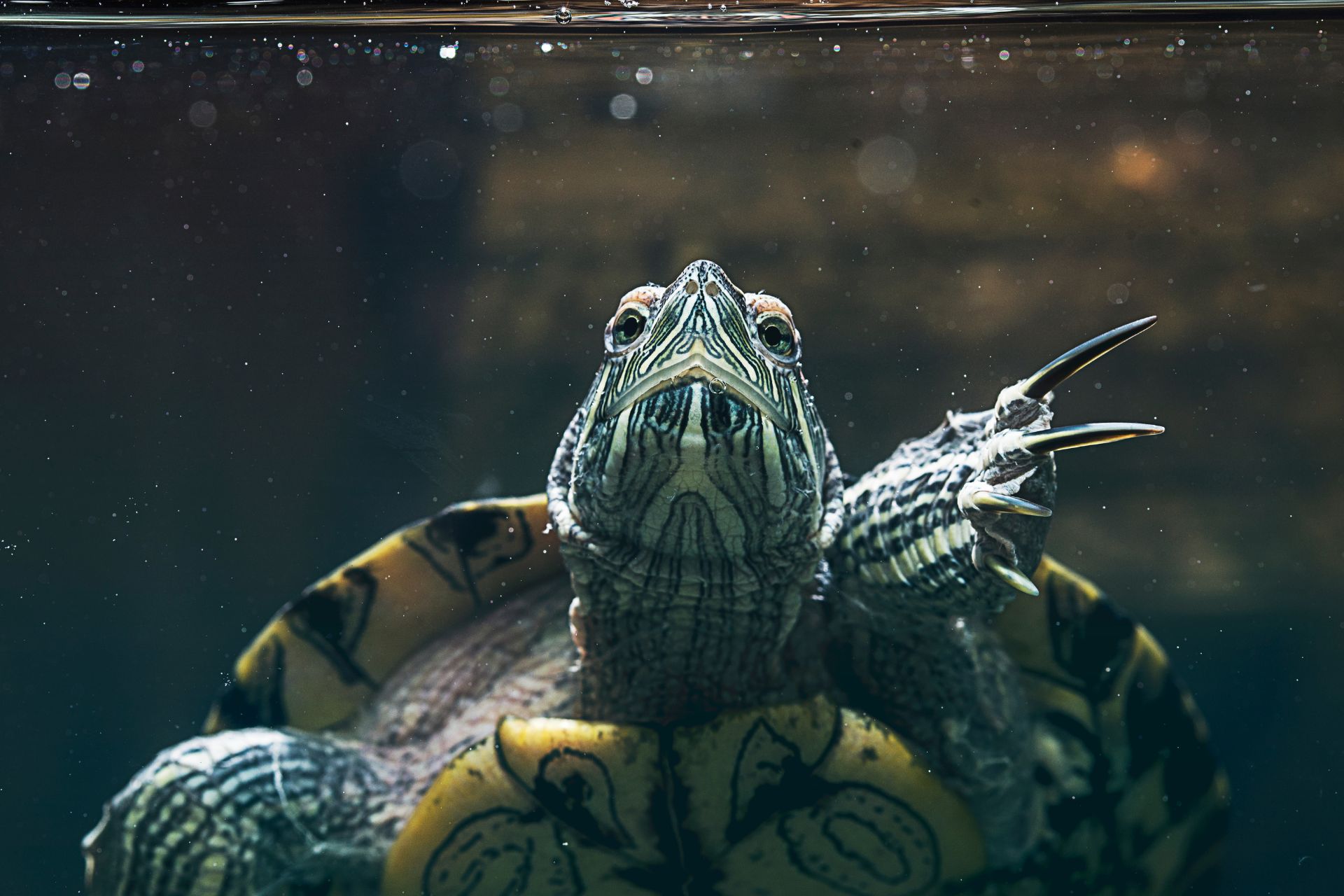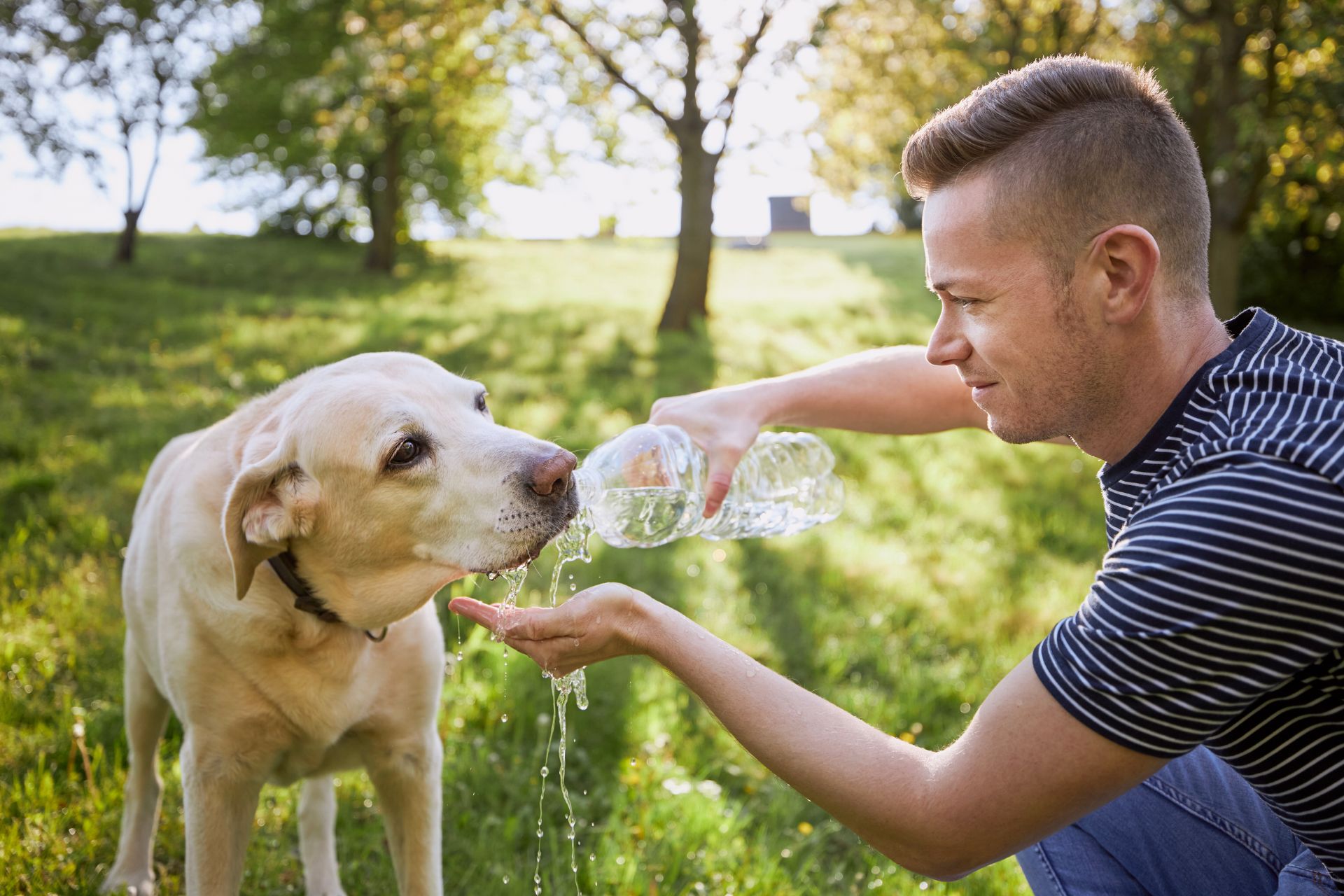Choosing the right pet turtle is a decision that should be made carefully, considering the specific needs and requirements of each species. The 19 types of turtles discussed in this article offer a diverse range of options for turtle enthusiasts, whether they prefer aquatic, semi-aquatic, or land-dwelling species. Remember to provide appropriate habitat setups, including proper lighting, heating, and nutrition, to ensure the health and well-being of your pet turtle.
It’s common to hear the terms “turtle” and “tortoise” used interchangeably, but they actually refer to different types of animals. Turtles are aquatic or semi-aquatic, meaning they spend a significant portion of their lives in water or near water sources. Tortoises, on the other hand, are land-dwelling reptiles and spend most of their time on land. The distinction is important when it comes to their care requirements, as turtles need an aquatic environment while tortoises require a terrestrial one. It’s also worth noting that while all tortoises are turtles, not all turtles are tortoises. By including information on both turtles and tortoises, we hope to provide a comprehensive guide for those interested in keeping these fascinating creatures as pets.
Contents
- Introduction
- Common Pet Turtles
- Aquatic Pet Turtles
- Semi-Aquatic Pet Turtles
- Land Pet Turtles (Tortoises)
- Uncommon Pet Turtles
- Conclusion
- FAQs
Introduction
Choosing the right pet turtle is essential for a rewarding and enjoyable pet ownership experience. With their unique characteristics and captivating beauty, turtles have become popular pets among reptile enthusiasts. However, not all turtles are suitable for domestic environments, and it’s crucial to consider various factors when selecting a pet turtle. In this article, we will explore 19 types of turtles that make great pets, categorized based on their habitat preferences and care requirements.
Common Pet Turtles
Red-Eared Slider
The Red-Eared Slider is one of the most popular pet turtles due to its striking appearance and ease of care. These turtles have vibrant red markings on their heads and can grow up to 12 inches in size. Red-Eared Sliders are primarily aquatic turtles and require a spacious tank with a basking area, UVB lighting, and a filtration system. Their diet consists of both animal and plant matter, including commercial turtle pellets, leafy greens, and small insects.
Painted Turtle
Painted Turtles are known for their colorful patterns and make wonderful pets for turtle enthusiasts. They have distinct red and yellow markings on their bodies, which give them a vibrant appearance. These turtles are also aquatic and require a similar setup to Red-Eared Sliders, including a large tank, basking area, and UVB lighting. Their diet consists of aquatic plants, insects, and commercial turtle food.
Eastern Box Turtle
Eastern Box Turtles are popular land-dwelling pet turtles that have unique domed shells and vibrant patterns. These turtles require both a terrestrial habitat and access to a small water source for soaking. Their diet consists of a variety of foods, including insects, worms, fruits, and vegetables. Eastern Box Turtles make great pets for those who prefer land-dwelling turtles.
Aquatic Pet Turtles
African Sideneck Turtle
African Sideneck Turtles are native to Africa and have a distinctive sideways neck retraction. They are aquatic turtles that require a spacious tank with both water and a basking area. These turtles are omnivorous and can be fed a diet of commercial turtle pellets, insects, fish, and leafy greens.
Map Turtle
Map Turtles, named for the intricate map-like patterns on their shells, are semi-aquatic turtles that make fascinating pets. They need both water and a basking area in their enclosure. Map Turtles primarily feed on aquatic insects, fish, and a variety of vegetation.
Musk Turtle
Musk Turtles, also known as Stinkpots, are small aquatic turtles with a distinct musky odor. Despite their odor, they are popular pets due to their manageable size and ease of care. Musk Turtles require a tank with water and a basking area. Their diet consists of aquatic invertebrates, fish, and occasional plant matter.
Yellow-Bellied Slider
The Yellow-Bellied Slider is a subspecies of the Red-Eared Slider and is known for its bright yellow plastron. They have similar care requirements to the Red-Eared Slider, needing an aquatic setup with a basking area and a balanced diet of commercial turtle pellets, greens, and insects.
Semi-Aquatic Pet Turtles
Box Turtle
Box Turtles are semi-aquatic turtles that can adapt well to various environments. They have a unique ability to fully close their shells, providing them with excellent protection. Box Turtles require an enclosure with both land and water areas, as well as ample hiding spots. Their diet includes insects, worms, fruits, and vegetables.
Diamondback Terrapin
Diamondback Terrapins are brackish water turtles known for their diamond-shaped patterns on their shells. They require a setup with both land and water areas, as well as access to brackish water. Their diet includes a variety of seafood, such as shrimp, clams, and fish.
Bog Turtle
Bog Turtles are small semi-aquatic turtles that prefer marshy habitats. They require a setup with both land and water areas, with a focus on maintaining high humidity levels. Bog Turtles primarily feed on small invertebrates, including insects, worms, and snails.
Western Painted Turtle
The Western Painted Turtle is a colorful semi-aquatic turtle found in North America. They have vibrant yellow and red markings on their shells, making them visually appealing. Western Painted Turtles require a setup with both water and land areas. Their diet consists of aquatic plants, insects, and small fish.
Land Pet Turtles (Tortoises)
Russian Tortoise
Russian Tortoises are popular land-dwelling pet turtles known for their resilience and adaptability. They require an enclosure with a mix of soil, rocks, and plants to mimic their natural habitat. Russian Tortoises have a herbivorous diet, consisting of various leafy greens, weeds, and grasses.
Greek Tortoise
Greek Tortoises, also known as Spur-Thighed Tortoises, are small land-dwelling turtles native to the Mediterranean region. They require a spacious enclosure with a mix of soil, rocks, and plants to create a suitable habitat. Greek Tortoises are herbivores and thrive on a diet of leafy greens, vegetables, and occasional fruits.
Hermann’s Tortoise
Hermann’s Tortoises are another popular land-dwelling turtle species known for their distinctive appearance and gentle nature. They require an enclosure with ample space to roam, as well as areas for basking and shelter. Hermann’s Tortoises have a herbivorous diet consisting of a variety of greens, weeds, and flowers.
Asian Box Turtle
Asian Box Turtles are land-dwelling turtles that are native to various parts of Asia. They have a unique hinged plastron that allows them to completely close their shell for protection. Asian Box Turtles require an enclosure with a mix of soil, rocks, and plants. Their diet includes a variety of fruits, vegetables, and occasionally insects.
Indian Star Tortoise
The Indian Star Tortoise is a small land-dwelling tortoise with a beautiful star-like pattern on its shell. They require a spacious enclosure with a mix of soil, rocks, and plants to mimic their natural habitat. Indian Star Tortoises are herbivores and should be provided with a diet of leafy greens, vegetables, and fruits.
Uncommon Pet Turtles
Spotted Turtle
Spotted Turtles are small, semi-aquatic turtles known for their attractive spotted patterns. They require a setup with both land and water areas, with a focus on maintaining clean and warm water. Spotted Turtles feed on a combination of aquatic invertebrates, insects, worms, and plant matter.
Alligator Snapping Turtle
Alligator Snapping Turtles are large and powerful turtles known for their prehistoric appearance. They are primarily aquatic and require a spacious tank with ample swimming space and a basking area. Alligator Snapping Turtles have a carnivorous diet, consisting of fish, small mammals, crustaceans, and even other turtles.
Mata Mata Turtle
Mata Mata Turtles are unique-looking turtles with a flattened head and a rough, algae-covered shell. They are primarily aquatic and require a setup with a large tank, deep water, and areas for basking. Mata Mata Turtles have a specialized diet that includes fish, aquatic invertebrates, and small vertebrates.
Conclusion
Choosing the right pet turtle is a decision that should be made carefully, considering the specific needs and requirements of each species. The 19 types of turtles discussed in this article offer a diverse range of options for turtle enthusiasts, whether they prefer aquatic, semi-aquatic, or land-dwelling species. Remember to provide appropriate habitat setups, including proper lighting, heating, and nutrition, to ensure the health and well-being of your pet turtle.
By selecting a turtle that matches your lifestyle and level of commitment, you can embark on a rewarding journey as a turtle owner. Responsible turtle ownership involves providing a suitable environment, regular veterinary care, and a well-balanced diet. Enjoy the unique companionship and fascinating behaviors that turtles can bring to your life.
In love with reptiles? Check out our list of Top 10 Best Reptile Pets for Beginners.
FAQs
- What is the best turtle for beginners?
- The Red-Eared Slider and the Painted Turtle are excellent choices for beginners due to their ease of care and availability.
- Are turtles high-maintenance pets?
- Turtles require dedicated care, including proper housing, diet, and maintenance of their habitat. While they may require some effort, they can be rewarding pets with the right level of commitment.
- Can turtles recognize their owners?
- Turtles do not possess the same level of social recognition as mammals. However, they can become familiar with their owners and associate them with positive experiences, such as feeding.
- How long do turtles live as pets?
- The lifespan of turtles varies depending on the species. Some can live for several decades or even over a century with proper care.
- Can pet turtles be kept together?
- It is generally not recommended to keep multiple turtles together, as they have specific social dynamics and territorial behaviors. It is best to provide individual enclosures for each turtle to ensure their well-being.












